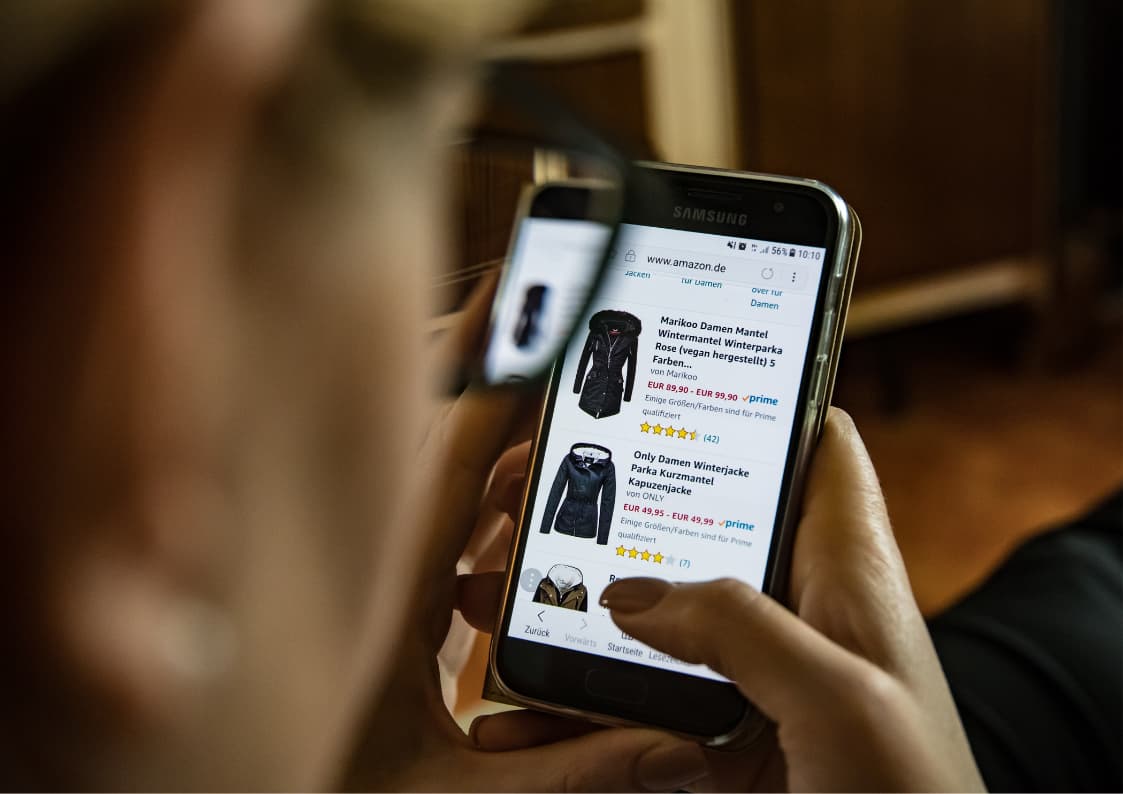Flipkart’s Big Discounts! Is It A Facade?
Flipkart sells second-hand products and clears out its stock under the garb of discounts and sales.

E-commerce websites like Flipkart and Amazon have always been deceiving people by clearing their stocks in the name of sales and discounts, they also use phantom discounts to fool their customers into believing that they are actually getting products at discounted prices.
In a world where everything is available online at the snap of a finger, the attention span of the consumers is ridiculously short.

Retailers are therefore thirsty to attract customers to their premises and they use virtually all possible means to this end. One such method that has come under harsh criticism is known as “false discounting” or “phantom discounts.” It creates the illusion of saving where no actual saving takes place and uses psychological tricks on the consumer’s mind to encourage buying.
I try to deconstruct the phenomenon of false discounting, explaining how it works, its effects on consumers, and then critically examine all the ethical considerations involved in the practice.
What is False Discounting?
False discounting is when marketers indicate that the product is under sale or discount, when there is no change in the price and sometimes, in a worse-case scenario, the actual price of the product has been inflated artificially to make it look like a deal. This is how marketers target gullible consumers’ desire for deals and their fear of not getting something that might save them money.
The psychology to the strategy lies in the consumer’s tendency to make hasty decisions given the perceived value. When a customer views the “savings” price next to a higher “regular” price, they feel pressure to act quickly on what appears to be a good bargain.
Urgency is created artificially because customers might miss another chance to save if they do not purchase a product when the opportunity comes.
Common False Discounting Practices
Padded Original Prices – Retailers can inflate the “original” price of an item just before putting it on “sale.” Thus, the perceived discount is higher than it would be otherwise.
Perpetual Sales – Some stores keep their items at “sale” prices all the time. Under these practices, the discounted price becomes the standard price. However, that does not necessarily mean that there is always a promotion.
Advertising in Terms of Manufacturer’s Suggested Retail Price (MSRP) – Stores do advertise it as discounted in terms of MSRP, yet the product is never sold in the store at that price for a long time.
Bait and Switch – The practice of making an attractive offer on a product so that people enter a store, only to discover that the product is “not available” and instead, being sold at more expensive versions.
Bundling Discounts – Slicings of prices for bundled products that in reality cost more than they would if bought separately.
 There are several ways in which false discounting can hurt consumers:
There are several ways in which false discounting can hurt consumers:
Financial Loss – The consumer has to end up paying more money than they would have spent while in their fantasy of getting the best deal.
Lost Trust – The moment the actual deceptive behavior comes into sight, they will have lost trust in the retailer also as well as in act of shopping altogether.
Guilty Purchase Decisions – The false sense of urgency created by such misleading offers and deals ends up in many impulsive decisions of purchases, which is also regretted by the consumers afterwards.
Values and Conceptions – And repeatedly being exposed to inflated “original” prices can reset how consumers think things should cost.
Is It Ethical ?
False discounting is an ethically questionable practice that also happens to be forbidden in many countries. Consumer protection laws differ from country to country, and include bans against some rather sneaky pricing practices.
For instance:- In the United States, the FTC has rules for deceptive pricing, including requirements as to how long an item must be sold at the price it originally was before it can be advertised as “on sale.”
The European Union has ensured the maximum strictness in terms of transparency in price and fairness in advertisements.
Australian Competition and Consumer Commission (ACCC) is also very active on laws against misleading pricing practice, and there are some instances where retailers appear to be at the edge of the law with respect to pricing.
It is indeed true that the present regulation is quite tough to enforce, and retailers still walk along the tightrope of legality with respect to pricing practices.
The Case of Flipkart and Clearance Sales
False discounting is a far more comprehensive problem than this price game. There are serious allegations against Flipkart, which is one of the largest online retailers in India, among others similar e-commerce websites that have a pile of used or rejected products at the time when they launch a discount on them. It adds another level to the problem of false discounting.
 In fact, for instance, during Flipkart’s “Big Billion Days,” some sellers have been reportedly selling returned, refurbished, or even faulty products as completely new ones at a highly discounted price. It is misleading not only about the discount but also about the quality and state of the product that the consumers are buying.
In fact, for instance, during Flipkart’s “Big Billion Days,” some sellers have been reportedly selling returned, refurbished, or even faulty products as completely new ones at a highly discounted price. It is misleading not only about the discount but also about the quality and state of the product that the consumers are buying.
It raises several problems:
Quality Issues – Consumers are usually excited to get their orders delivered as over time, curiosity builds up, however, often customers complain of receiving used, old or even broken products.
Warranty – It is a fact that refurbished or second-hand items may not have the same warranty as a new product hence a consumer has limited access if an issue arises.
Health and Safety Hazard – For some products, especially electronics or personal care items, it might pose a health and safety hazard to use a second-hand or rejected product.
Brand Reputation Damage – Both the platform (Flipkart) and the brands of whose products are involved can take a reputation hit should this practice become known to more people.
Consumer Awareness and Protection
Consumer education and awareness in such practices are important. Here’s what shoppers can do to protect themselves:
Price Research – Look for the price history of the item a few days before purchase, especially during sales events, on various platforms.
Beware of Extremely Low Deals -The cost is too low to be true, and probably is. Be wary of discounts greater than 50%.
Read between the Lines – Read the fine print on sales so you know whether something is new or refurbished, etc.
Compare before shopping – Utilize online price trackers and apps that track price over time and check prices from various stores.
Know Your Rights – Stay aware and updated about the consumer protection laws in your country.
Report Suspicious Practices – If you encounter what you think is false discounting, report it to consumer protection agencies.
The Future of Retail Pricing – after all, consumers are becoming smart, while regulatory scrutiny is on the rise, making retailers reconsider their prices. Transparency and honesty in pricing might be all that will differentiate businesses that desire long-term customer loyalty.
Other Shifts That Might Help The Consumer
Blockchain Technology Price Tracking – Immutable records of price histories can be generated through blockchain technology, thereby making it more difficult for retailers to tamper with “original” prices.
AI Consumer Tools – Advanced AI would be able to help consumers know the best times to purchase a product based on price histories.
Tougher Regulations – Governments might also impose stricter rules and worse punishments to deceptive pricing practices.
False pretenses discounting and selling old products as new or at a lesser value undermines the inherent integrity of retailing. More than that, such practices may benefit a business in the short term but undermine consumer trust, which can prove very costly to a business’s reputation in the long term.
As we move forward, the role of a vigilant consumer and responsible business practice in ethical pricing should be maintained.
Government regulatory bodies should also play their part in enforcing existing laws in place and adapting the changing nature of the retail market in accordance with new challenges.
The future of retail cannot be about the insidious tactics. It has to be about building a relationship with the consumers, based on trust, transparency, and true value, which will help accomplish a market that serves and benefits consumers as much as it does businesses.




